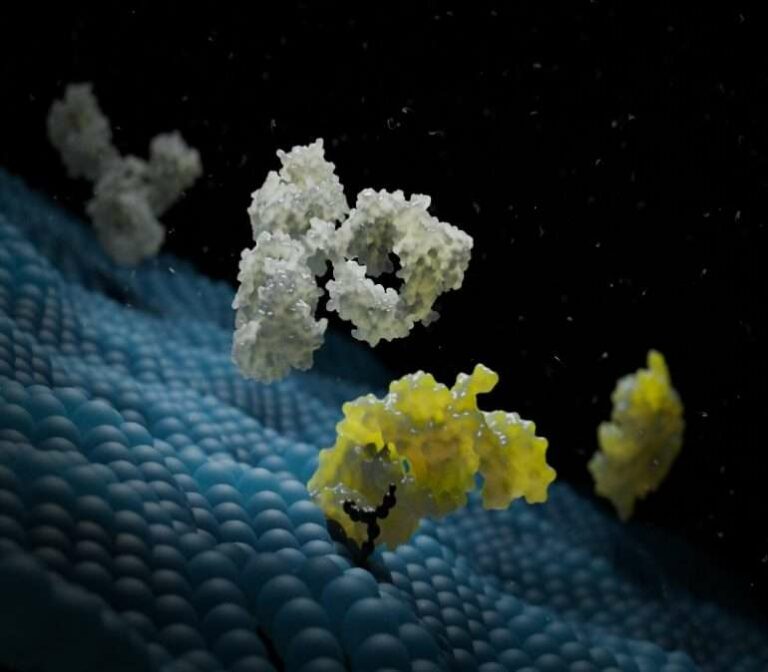Introduction
Agar-agar, commonly known as agar, is a gelatinous substance derived from red algae (Rhodophyceae) initially discovered in Japan in the 17th century (Armisen & Galatas, 1987). It has since gained wide application in scientific research and culinary practices due to its unique gelling properties. This article delves into the properties, applications, and impacts of this versatile substance in biology.
Properties of Agar-Agar
Agar is primarily composed of polysaccharides, specifically agarose and agaropectin, which are responsible for its gelling capabilities (McHugh, 1987). Agar has a melting temperature of 85-95°C and a gelling temperature of 32-40°C (Kester & Fennema, 1986). This feature, known as hysteresis, allows it to remain in a gel state even at relatively high temperatures. Its non-reactive and non-digestible nature makes it an ideal medium for bacterial and fungal cultures (Kester & Fennema, 1986).
Applications in Biology
Microbial Culture: Agar is widely used in microbiology as a medium for growing bacteria and fungi. Nutrient agar, made by combining agar with a mixture of nutrients, provides a suitable environment for microorganisms to grow and reproduce. This allows scientists to observe their growth patterns and study their characteristics (Rajendran, 2012).
Molecular Biology: Agarose, a component of agar, is used in gel electrophoresis, a technique to separate DNA, RNA, and proteins based on their size and charge (Green & Sambrook, 2012). Agarose gel provides a matrix through which these molecules can move when an electric field is applied.
Plant Tissue Culture: Agar is also used in plant tissue culture as it provides a solid support for the growth of plant tissues and cells. It also helps in the slow release of nutrients, enhancing the growth and development of plant tissues (Smith, 2000).
Impacts of Agar-Agar in Biology
The unique properties of agar have led to significant advancements in biological research. Its role in microbial culture has expedited the study of microorganisms, contributing to the development of antibiotics and vaccines (Rajendran, 2012). In molecular biology, agar’s role in gel electrophoresis has facilitated the study of genetic material, opening doors to genetic engineering and personalized medicine (Green & Sambrook, 2012). In plant tissue culture, agar has simplified the process of plant cloning and genetic modification, promoting agricultural advancements (Smith, 2000).
Conclusion
Agar-agar is an integral part of biological research, enabling scientists to explore and manipulate life at a macro and micro level. Its applications in microbiology, molecular biology, and plant tissue culture have led to significant advancements in these fields. As research continues, the potential applications and impacts of this versatile substance are bound to increase, further solidifying its importance in the scientific world.
References
Armisen, R., & Galatas, F. (1987). Production, properties and uses of agar. In Production and utilization of products from commercial seaweeds.
Green, M. R., & Sambrook, J. (2012). Molecular cloning: a laboratory manual.
Kester, D. R., & Fennema, O. R. (1986). Food chemistry.
McHugh, D. J. (1987). Production and utilization of products from commercial seaweeds.
Rajendran, N. (2012). Laboratory Manual in Microbiology.
Smith, R. H. (2000). Plant tissue culture: techniques and experiments.


